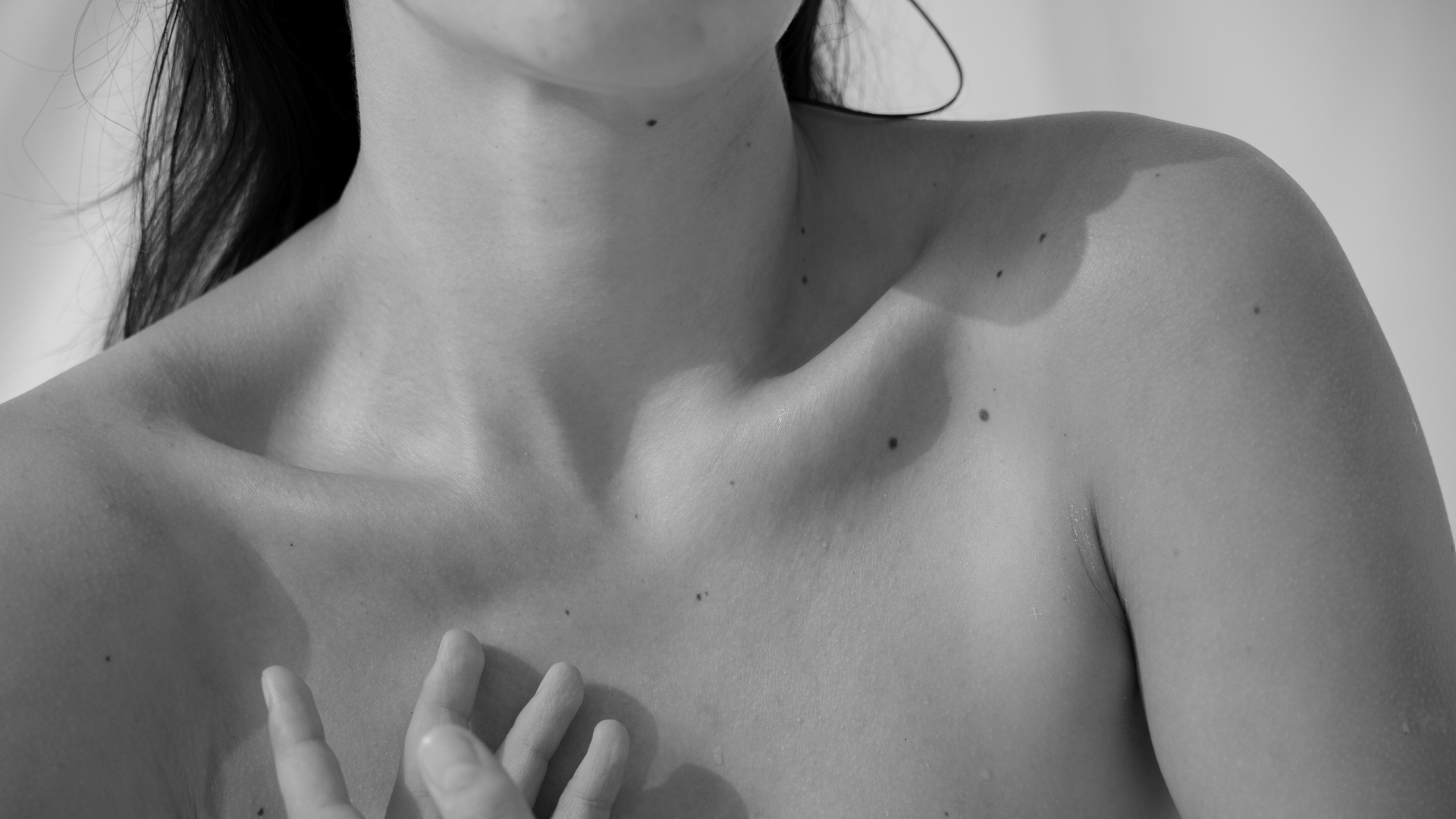
Skin
Procedures
Dr. Nada Al-Hadithy is an expert in skin cancer, scars, burns and LASER. Combining advanced medical expertise with a holistic approach, she provides tailored, evidence-based care designed to support your overall well-being. Dr. Nada values open communication and works closely with you to develop solutions that enhance your comfort, confidence, and quality of life, ensuring a professional and positive experience every step of the way.
-
Sebaceous cyst removal involves excising a small, non-cancerous lump under the skin caused by blocked sebaceous glands. The procedure is quick and straightforward, leaving minimal scarring while preventing recurrence.
-
Lipoma removal is a surgical procedure to excise a benign, fatty lump that grows under the skin. This minimally invasive procedure restores comfort and appearance, especially for larger or bothersome lipomas.
-
Skin lesion excision involves removing abnormal growths or patches on the skin, whether for diagnostic purposes or aesthetic reasons. The procedure ensures complete removal while minimising visible scarring.
-
Mole excision removes moles that are suspicious, bothersome, or unwanted. The procedure may involve surgical excision or shaving, with careful attention to aesthetics and thorough removal.
-
A mole check involves a detailed examination of moles to assess their size, shape, colour, and changes over time. This preventive measure is vital for detecting early signs of skin cancer and ensuring skin health.
-
Wart removal targets benign growths caused by the human papillomavirus (HPV). Treatments may include surgical excision, cryotherapy (freezing), or laser therapy, providing a quick and effective solution.
-
Skin cancer treatment involves the surgical removal of cancerous lesions, such as basal cell carcinoma, squamous cell carcinoma, or melanoma. Early detection and precise excision are key to successful outcomes.
-
Milia removal addresses tiny, white, keratin-filled cysts that form under the skin. The procedure uses minimally invasive techniques to extract the cysts, restoring smooth and clear skin.
-
Xanthelasma removal targets yellowish deposits of cholesterol around the eyes. Surgical excision or laser treatment effectively removes these deposits, improving appearance and preventing recurrence.
-
Skin tag removal is a simple procedure to excise small, benign growths of excess skin. This can be done using surgical, cryotherapy, or laser techniques for a quick and minimally invasive solution.
